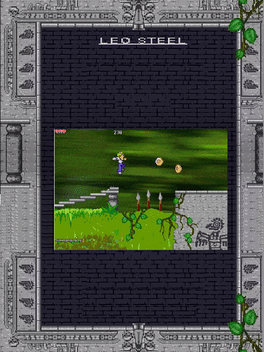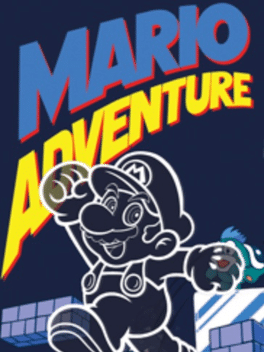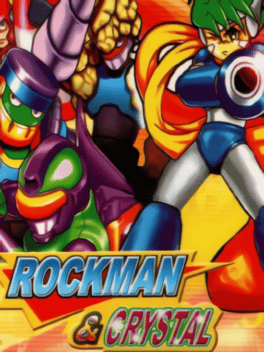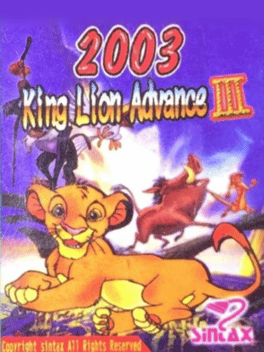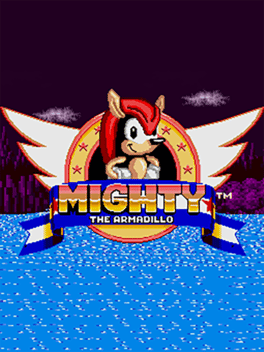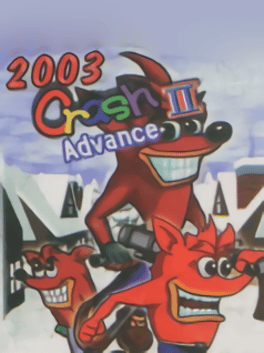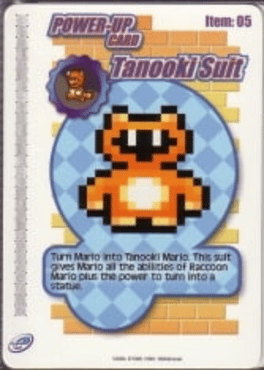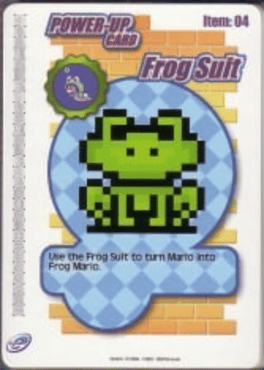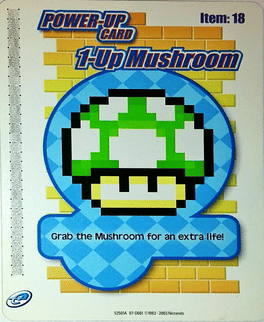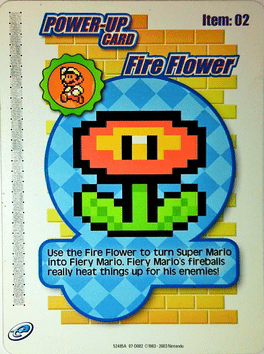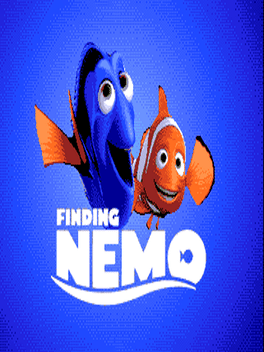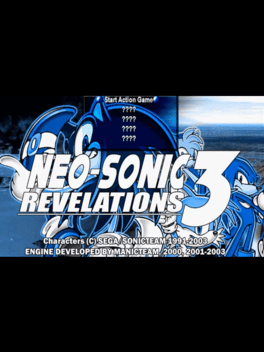New Platform Games - Page 176
-
Leo Steel
2004
-
Mario Adventure
2004
Mario Adventure
2004
This Super Mario Bros. 3 hack changes the game right down to the core by tweaking the actual game engine itself! Aside from the ‘typical’ graphics and text changes, this hack alters musical melodies, a full line up of all new levels, new power ups, new abilities for Mario, and even new enemies! When I say new, I’m not talking about changed graphics; I’m talking about completely new power ups and monsters. Money mushrooms, invisible Mario, time stopping potions, Kuribo shoes in any level that don’t disappear, shy guys that create projectiles, heat seeking bullet bills, and others are just the beginning of the changes made to this game. On top of that, you have random weather patterns on every stage, boss battles on every stage, and infinite lives, so your coins go to more useful purposes. They will be used to buy items from Toad’s house and get some level exits to appear. Let’s not forget stored, and switchable, power ups such as those found in Super Mario World! -
Rockman & Crystal
2003
-
The King Lion III 2003 Advance
2003
The King Lion III 2003 Advance is a platforming game developed by Sintax and released in 2003 for the Game Boy Color. The game is based on the movie The Lion King, with its gameplay deriving from the tie-in game on the SNES and Sega Genesis. -
Mighty the Armadillo
2003
Mighty the Armadillo
2003
A Mighty the Armadillo hack for Sonic the Hedgehog it's fan-made ROM modification that replace Sonic with Mighty the Armadillo character. -
Finding Nemo
2003
Finding Nemo
2003
Finding Nemo is a platformer for the Sega Mega Drive made by Glorysun, and a simple graphical hack of James Pond, originally developed by Vectordean Ltd, Millenium Interactive and Electronic Arts. -
Becky's Message
2003
-
Matel Gear II
2003
Matel Gear II
2003
Bootleg 2D beat-'em-up game for the Game Boy Color, developed by the Chinese video game developer Sintax. -
Neo Sonic 3
2003
Neo Sonic 3
2003
Published in 2003, Neo Sonic 3 (aka Neo-Sonic 3: Revelations, Neo-Sonic 3: Armageddon) was an above-average platform title in its time. -
Super Mario Advance 4: Card e+ - Series 1
2003
The Japanese version of the Card-e series of Super Mario Bros. 3 was also released in two series, but they were distributed in trading card game style small packs with random cards. This version has many more cards than the overseas version. The Series 1 packs contained all of the Level Cards released in North America except promotional ones and Classic World 1-1, with the addition of the Classic World 1-2 Level Card. -
Super Mario Advance 4: Super Mario Bros. 3-e - Series 2
2003
Super Mario Advance 4: Super Mario Bros. 3-e is an expansion pack in the form of separate physical cards for the Nintendo e-Reader. The cards could have new levels (Level Cards), items (Power-Up Cards) and demo gameplay from the developers (Demo Cards). It was released in bundles separated in two series. The North American version has a complete pack of the cards for each series, but has fewer cards available than the Japanese version, which were released in random smaller packs. -
Super Mario Advance 4: Super Mario Bros. 3-e - No Time to Dawdle
2003
This Card Level for Super Mario Advance 4 is promotional, therefore it was not released in any Card Series. -
Super Mario Advance 4: Super Mario Bros. 3-e - Airship's Revenge
2003
This Card Level for Super Mario Advance 4 is promotional, therefore it was not released in any Card Series.
